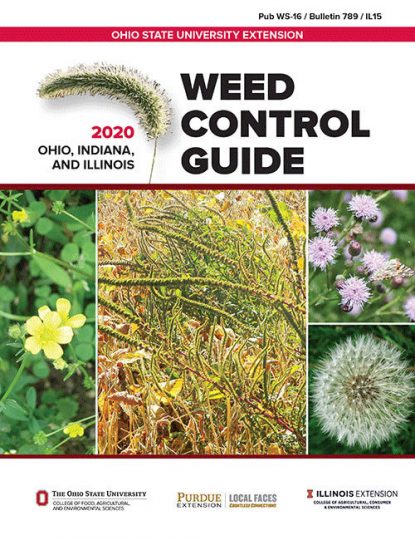Planting corn and soybeans in 2020
March rainfall in Illinois ranged from normal to a couple of inches above normal, but the last week of March and first week of April have been relatively dry, and field operations are getting underway. The April 6 NASS report indicates that there were 3.1 days suitable for fieldwork in Illinois during the week ending on April 5, but no planting was recorded. As is often the case in early April, soils are wet over most of the state.…






